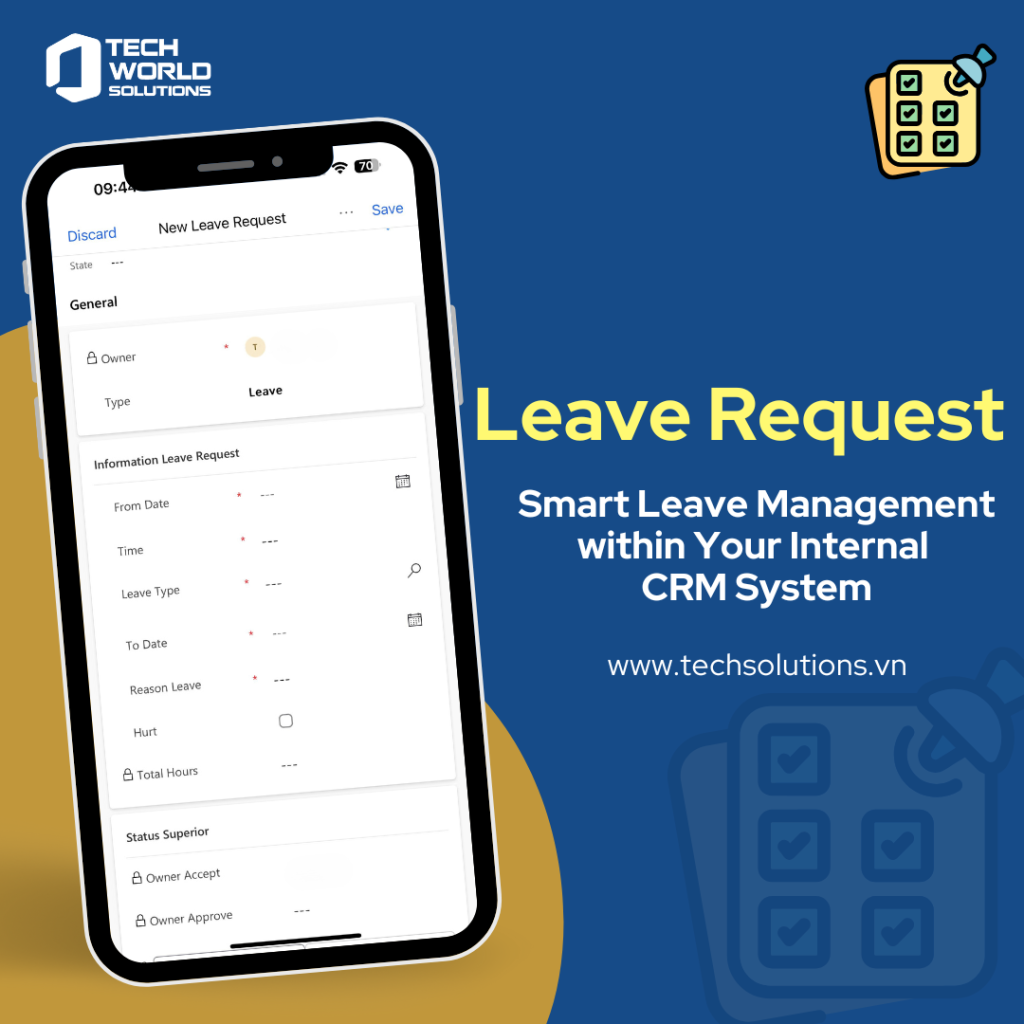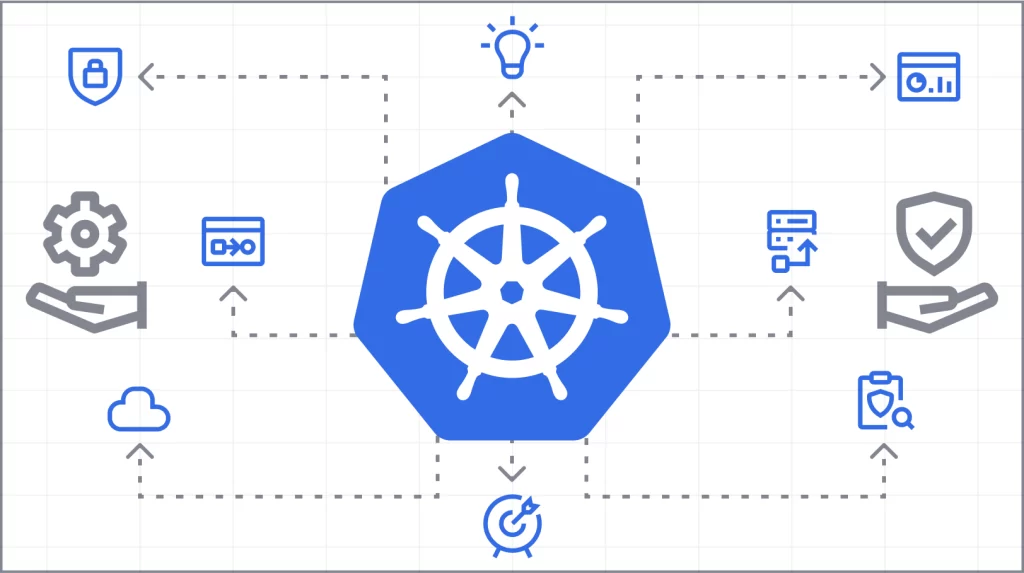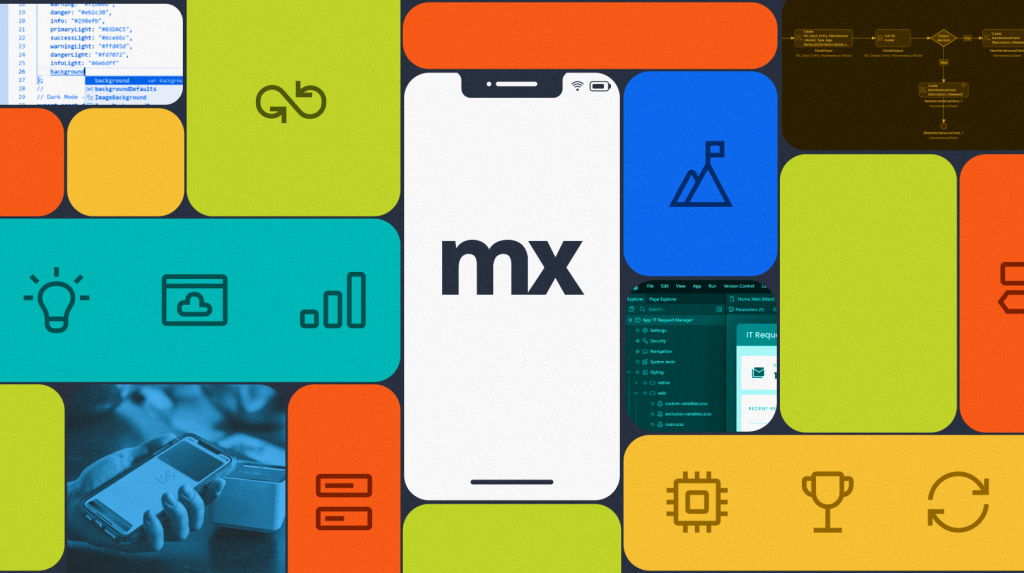How Low-Code Facilitates End-to-End Process Automation
Businesses today have hundreds of processes across dozens of departments. This means that most organizations manage processes with a variety of disparate tools and technologies, which can lead to technical debt and shadow IT.
If you’re considering process automation for your business, the tools you use should address your processes end to end. But how do you find the right technology when the automation market is overcrowded, and product offerings are almost impossible to distinguish?
Read on to see why low-code development is the best way to facilitate end-to-end process automation.

What is end-to-end process automation?
End-to-end process automation is the practice of automating business processes from start to finish and everything in between. This includes automating tasks like:
- Approvals
- Reviews
- Check-ins
- Escalations
- Requests
Automation and governance
Many organizations have a CRM platform, a separate cloud platform, and a project management tool for software development. Those are just the IT-sanctioned solutions.
It’s not easy to govern across all these personas, platforms, and use cases and still make any practical sense on the ground. These are examples of automation’s growing pains.
There’s no real automation manifesto yet to which the modern enterprise IT leader can turn. That’s why low-code end-to-end automation is so crucial for governance.
But different departments have different requirements. Sometimes, a decentralized approach to IT makes sense for enterprises.
The Mendix low-code platform can oversee such a multifaceted design and allows for:
- Infinite customizations
- Workflow, component, integration reuse
- UI and UX personalization
With Mendix, you don’t have to leave the platform. There are fewer variables and fewer sacrifices, which makes all the difference.
With one enterprise-wide, low-code application platform connecting processes, they all play nicely together. You don’t have to worry how one change will affect other processes that come before or after. You can also enforce guardrails while scaling automation. That means your enterprise can stay compliant as you grow.
More platforms mean more overhead
Automation is supposed to increase efficiency. But when you add more platforms to the mix, you extend the learning curve for these new platforms. It takes longer to benefit from any so-called incredible time-saving features.
But, this is not a time-to-value or return-on-investment metric exercise. Learning, updating, and maintaining more tools will cut into the tools’ value.
The majority of enterprises use a mix of digital process automation, low-code, robotic process automation (RPA), and commercial off-the-shelf (COTS) options.
Automation — at the enterprise level, especially — is complex and fluid. You don’t just set up end-to-end automation and call it a day. Processes evolve, grow, and shrink to accommodate new workflows, regulatory changes, and more.
There are several drawbacks of relying on many platforms:
- Limits your code reuse
- Promotes platform specialization
- Creates multiple systems of record
- Increases the deployment time for feature releases
A tool like Mendix Connect creates a single source of truth for all enterprise users. Developers and users can collaborate, too. There’s an inverse relationship between collaboration opportunities and the number of automation platforms.
With a low-code, end-to-end platform, you can create flexible solutions at speed and scale while reducing overhead.
The reality of end-to-end process automation
If there’s one thing everyone can agree on, it’s that making technology decisions is a lot of work. We would rather not have to repeatedly make the same difficult decisions just because technology changes. But that’s what happens when you continually apply a one-off solution to a single problem instance.
Honeypot free trials, patchworks of non-centralized IT purchases, and shadow IT experiments — the longer they’re in use, the more indispensable they become. Trying to incorporate machine learning or artificial intelligence to orchestrate an adaptable, comprehensive workflow is infinitely more challenging when you are not using an end-to-end platform.
Process automation is the goal, but process automation isn’t digital transformation. It’s a prerequisite to digital transformation—you need to automate to take the first step.
With an end-to-end low-code development platform, intelligent automation — with AI- and ML-embedded solutions — is just the beginning. Other benefits include:
- Collaboration between IT and the business streamlines processes
- Use one platform for cross-channel applications and process improvements
- Deploy scalable cloud-native solutions that integrate all core systems and data sources
- Accelerate your business’ time-to-market
Automate with Mendix
The vendor market is complex. Products overlap, limiting use cases, scalability, and the opportunity to incorporate new technologies seamlessly.
Mendix is an end-to-end low-code process automation solution that will support your organization as it evolves in the long term. Mendix is customizable and promotes business-IT collaboration across the enterprise, which is not possible in an a la carte development and automation environment.
- Software Developers Boost GenAI Strategies with Mendix
- TECHWORLD SOLUTIONS VIỆT NAM VÀ ĐẠI HỌC SPKT ĐÀ NẴNG KÝ KẾT HỢP TÁC TRIỂN KHAI TRUNG TÂM NGHIÊN CỨU & ĐÀO TẠO CÔNG NGHỆ SỐ
- Research Shows How Employee Experience Impacts Customer Experience
- Achieving Operational Excellence with ERP Optimization
- Empowering Innovation: The Dynamic Duo of Teamcenter and Mendix
Bài viết cùng chủ đề:
-
Leave Request – Quản lý nghỉ phép thông minh trong một mô-đun CRM duy nhất
-
Techworld Solutions Đồng Hành Cùng UTE Trong Đào Tạo Nhân Lực Chất Lượng Cao
-
Microsoft Office chính thức chuyển thành Microsoft 365
-
Epicor Asia & Techworld Solutions Vietnam Chính Thức Công Bố Quan Hệ Đối Tác Chiến Lược, Mở Rộng Hệ Sinh Thái Giải Pháp Tại Việt Nam và Khu Vực
-
Chúc mừng đội ngũ Microsoft!
-
Giá trị của Microservices Doanh Nghiệp với Low-Code
-
Sự Tiến Hóa Tiếp Theo Của Mendix Cloud: Đón Nhận Kubernetes Để Xây Dựng Nền Tảng Sẵn Sàng Cho Tương Lai
-
Optimizing Production with Epicor ERP – Specialized Solutions for Complex Industries
-
Addressing the Knowledge Gap
-
AI-Assisted Development in Action with Mendix
-
Empowering Mobile Innovation
-
How to Upgrade Legacy Systems to Compete in the Cloud Age
-
TECHWORLD SOLUTIONS VIỆT NAM VÀ ĐẠI HỌC SPKT ĐÀ NẴNG KÝ KẾT HỢP TÁC TRIỂN KHAI TRUNG TÂM NGHIÊN CỨU & ĐÀO TẠO CÔNG NGHỆ SỐ
-
How to Architect Your Mobile Customer & Employee Experiences
-
PVI Gia Định Partners with Techworld Solutions Vietnam to Revolutionize Insurance Management
-
ESEC Group Partners with Techworld Solutions Vietnam to Implement Microsoft Dynamics 365 ERP

















